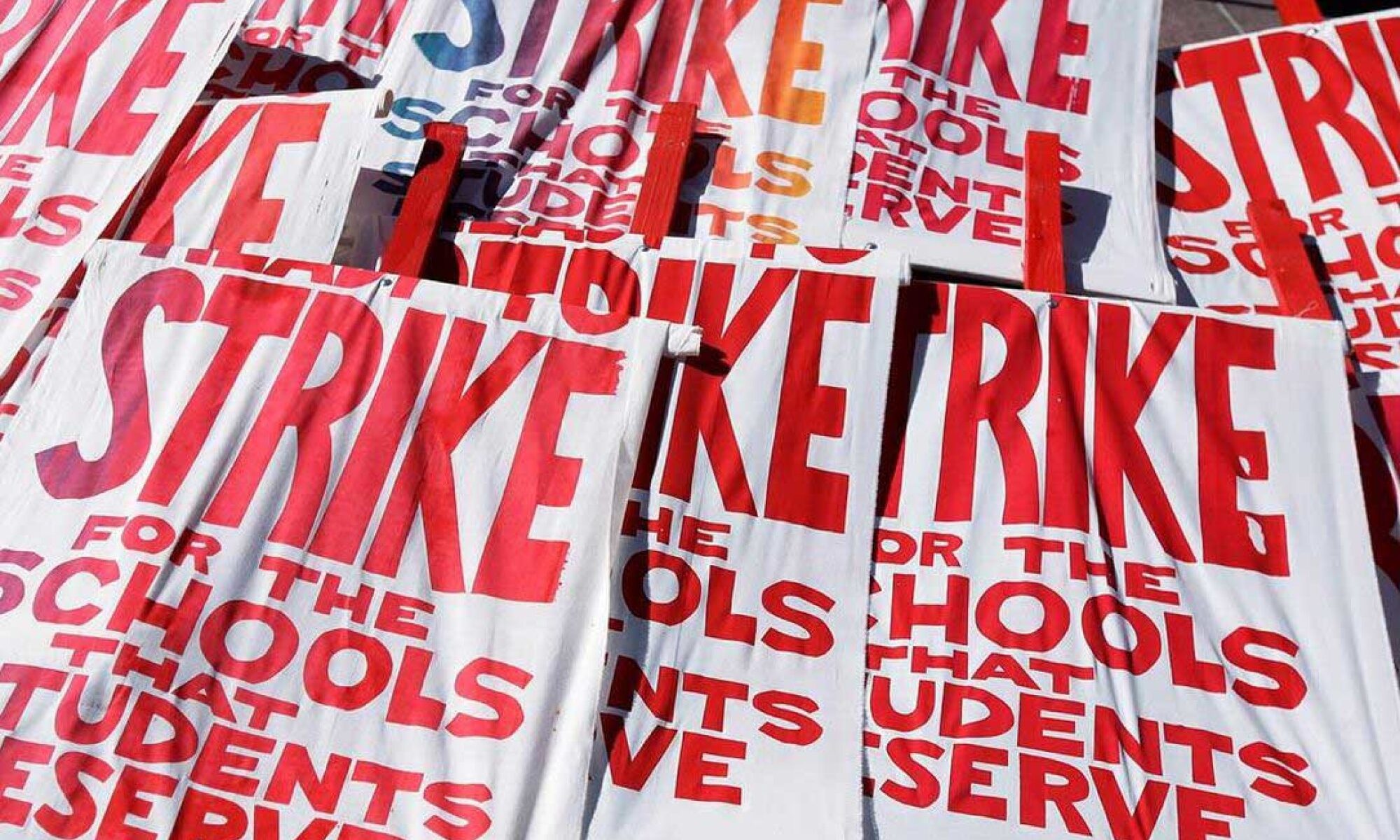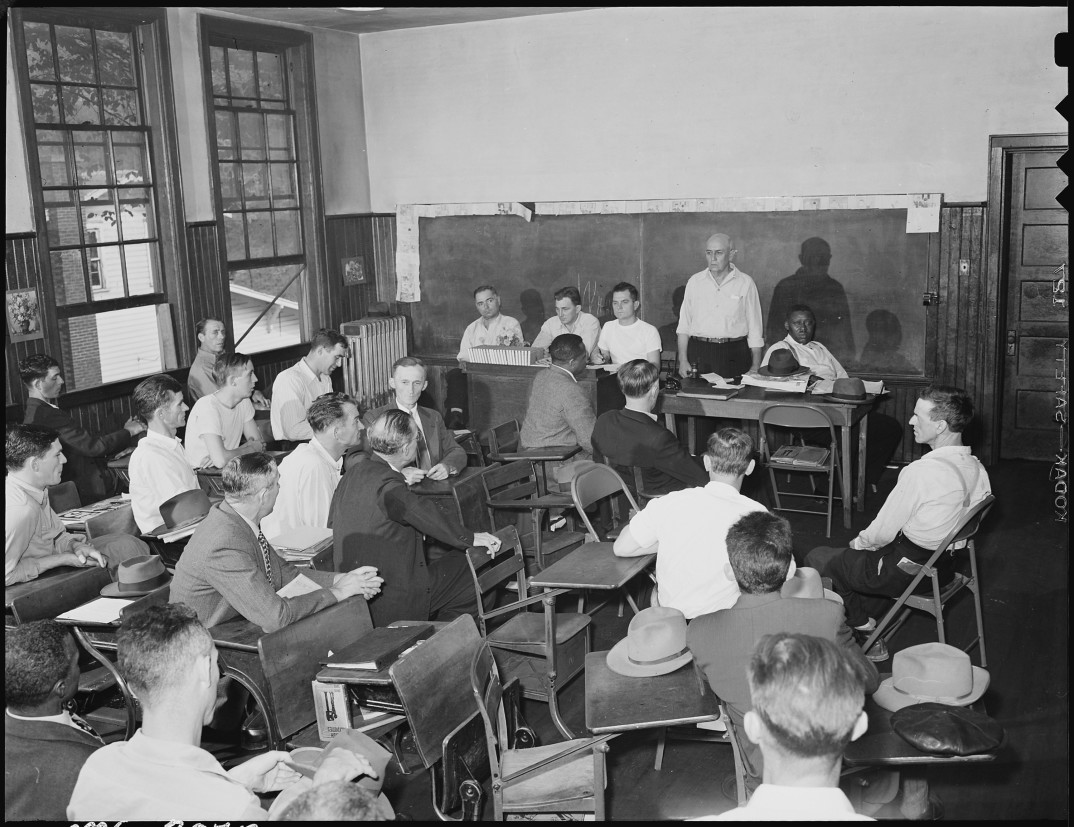2023 has already been an eventful year for strikes and labor.
On January 10th the United States Supreme Court heard Glacier Northwest v. International Brotherhood of Teamsters. The court is now deliberating whether to strip certain legal protections from striking workers. On January 19th France erupted in strikes and demonstrations over plans to raise the retirement age. On January 30th the U.K. House of Commons voted in favor of a controversial anti-strike bill. It now moves to the upper chamber of parliament for further deliberation. On February 5th an agreement was reached in Woburn, Massachusetts after teachers went on strike in violation of a state law that prohibits public employees from striking. On February 8th Temple University administration informed striking graduate workers it would be cutting their tuition benefits. The administration had already begun to cut their health insurance.
This raft of labor-related actions foregrounds a fundamental question: Should there be a right to strike?
Broadly speaking, a strike is a deliberate work stoppage in pursuit of some aim or goal. Strikes are often the last tactic employed by unions and workers, and occur after other pathways have failed, after negotiations have broken down, or, in the most serious cases, because of intolerable or inhumane labor conditions. Going on strike is mentally and physically exhausting, and workers face pay loss and potential retaliation. Strikes can involve violation of contracts, public inconvenience, and the occupation of employer property. Despite this, the history of labor organizing testifies to the significance of striking as a tactic for improving working conditions and securing workers’ rights. In short, strikes are worth careful ethical consideration.
Currently, the National Labor Relations Act of 1935 grants U.S. private sector workers the legal right to strike, although there is a thicket of riders, limitations, and provisos surrounding this core legal right. The right to strike in the United States can also be signed away in collective bargaining agreements (contracts between unions and employers) through no-strike clauses. The situation becomes yet more complex at the state level as, in many states, public employees such as teachers cannot legally strike at all.
But my aim here is not to debate whether specific strikes are justifiable (some surely are and some are not). Rather, the query is whether it should be, at a minimum, legal for most workers to go on strike in most situations. (There is considerable room for nuance regarding what a right to strike should look like and what kind of regulation should accompany it.)
Courts in democratic countries have long held that workers should enjoy freedom of association and accordingly a right to form organizations (such as unions) – they should possess the liberty to engage in activities to change and improve their workplace. This alone, however, does not obviously lead to a right to strike. For unions could be permitted and yet some range of potential activities, such as strikes, prohibited. If anything, strikes – causing intentional (if perhaps justified) economic harms to employers and often community inconvenience – appear notably distinct from actions such as petitions and demonstrations.
The ability to strike shares a complex relationship with bargaining and negotiations. At first glance, a right to strike seems out of step with the freedom of employers and employees to make agreements as they see fit. If workers want to be able to strike, then they can (presumably) elect to work for employers that allow strikes under certain conditions. The implicit argument is that the state should not be interfering in an agreement freely made between an employee and their employer, and therefore the state should not grant a right to strike over and above what is explicitly agreed to in a contract.
The counterargument is that a right to strike is an important pre-condition to a fair contract. Employers usually have significantly more material and economic power than their employees, as well as easier access to expert advice and legal counsel. Consequently, negotiations between workers and their employers occur from a position of inequality. This has been explicitly acknowledged in U.S. Supreme Court decisions such as National Labor Relations Board v. Jones & Laughlin Steel Corporation (1937). Countering this structural imbalance is a major reason workers join together into unions and engage in collective bargaining (see my previous article on Unions and Worker Agency)
From this perspective, it is only on the backdrop of robust workers’ rights, including the right to strike, that legitimate negotiations between employees and their employers can occur at all.
The philosopher David Borman has expanded this line of thinking, arguing that the right to strike derives from a more fundamental right for self-determination. He holds that “by striking, workers declare their right to self-determination within economic life, the right to cooperatively determine the rules and conditions of labor which affect them in essential ways, materially in psychologically.”
An alternative approach is to look at the impacts of striking and decide if there is a public interest in enshrining a right to strike. Not every strike is won, but strikes can assuredly help striking workers secure better pay and conditions. But what about the broader public? Anti-strike legislation and policy often argue the public harms of strikes justify restricting or limiting the right to strike. For example, new proposed legislation in the U.K. which would enforce minimum service levels is supposed to “ensure the safety of the public and their access to public services.”
Undoubtedly, strikes can be inconvenient. Strikes are also, perhaps unsurprisingly, associated with short-term harm. Transportation strikes increase car accidents as more people drive and patients admitted during nursing strikes have worse medical outcomes.
What this does not tell us is whether there is a longer-term salutary effect. The very same labor conditions that drive nurses to strike, such as understaffing, can have documented negative effects on patient outcomes. Striking workers — such as the 7000 New York City nurses who went on strike in early January — often stress the ability to do their job effectively as a motivating factor.
Granting that working conditions matter to job performance, and strikes can improve working conditions, a right to strike may be, on balance, worth it for the broader public.
There is also a problematic underlying assumption here, namely, that hospital administrators care about patient outcomes, but nurses don’t; that Tories in the U.K. parliament care about public transit, but transportation workers don’t. This assumption fails to take employees seriously as people who can take pride in their work.
Unfortunately, there is little long-term research on the broader societal impacts of strike policy. Nonetheless, the historical impact of organized labor including diminished economic inequality, the 8-hour workday, and workplace safety legislation, creates at least a suggestive case that a legal framework that supports labor organizing, presumably including the right to strike, facilitates the public good.
The effects of strikes and strike regulation deserve thorough empirical analysis, but the initial case for a right to strike on public policy grounds is compelling.
One last consideration. It is often said that freedom of speech does not mean freedom from consequences (this statement has been critically analyzed by The Prindle Post). By this same token, there could be a legal right to strike, but no protections for striking workers. So striking workers would not be jailed or fined by the state, but they could be fired, replaced, sued, and otherwise interfered with. The problem with this stance is it makes striking enormously burdensome and risky for workers, and many of the arguments for a right to strike depend on it’s occurrence being a live possibility. If there is to be a right to strike, it must be supported by enough legal protections such that the right can be meaningfully exercised.



